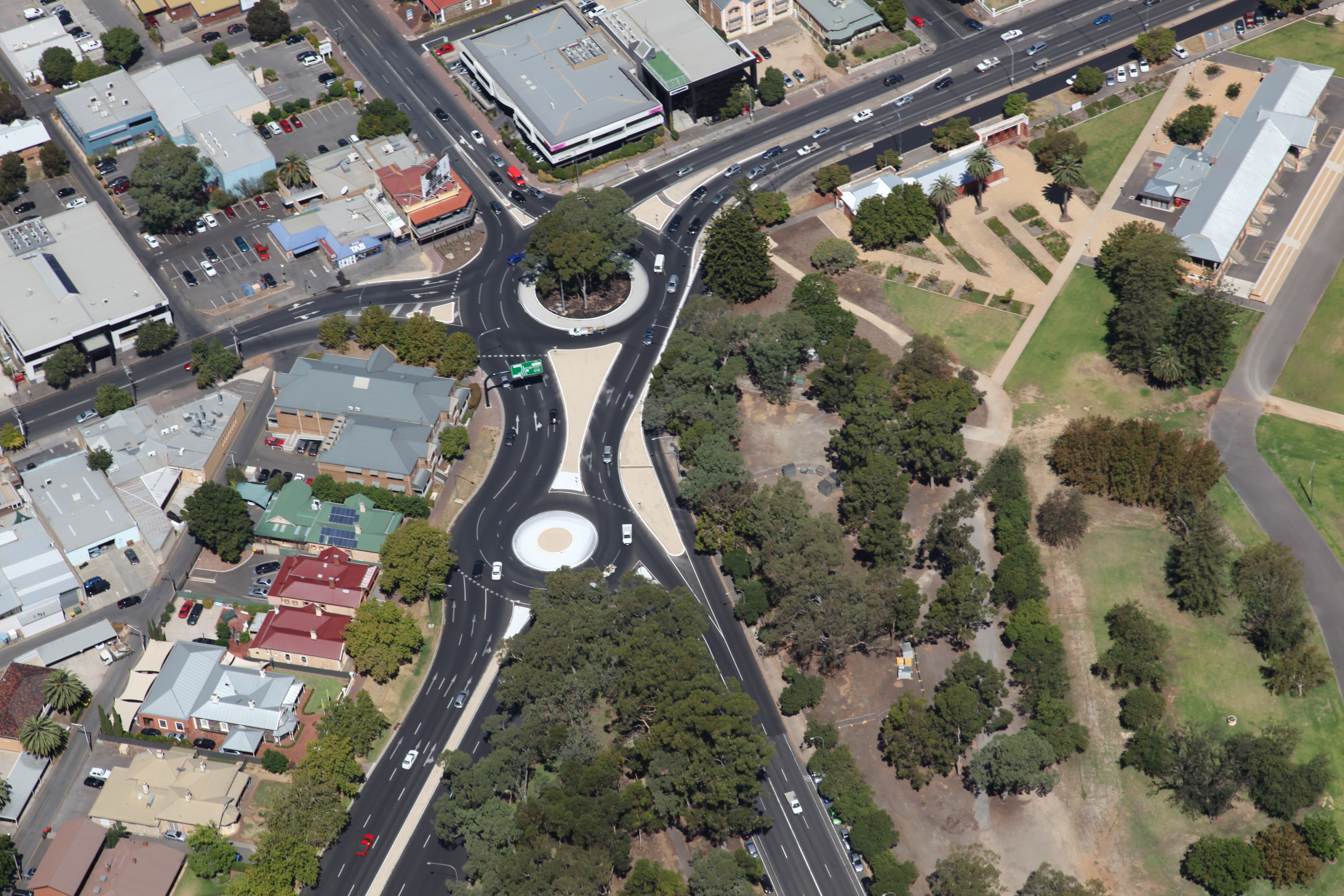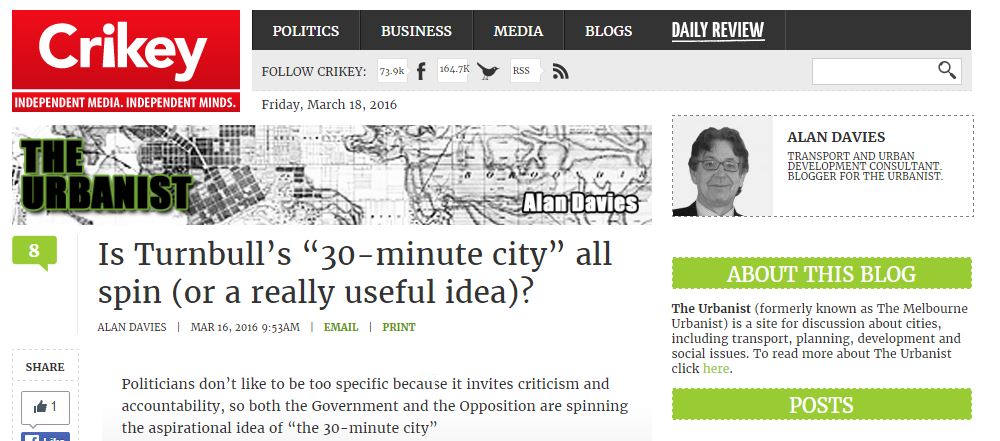Driverless cars: not necessarily a force for good
David Brown interviews Yale Wong
When driverless cars were first discussed they were portrayed as leading to a motoring utopia. With a robotic chauffeur we could more usefully employed reading a book, watching a video or doing some work. Increasingly we are seeing alternative views.
A recent report from the researchers at the University of Sydney’s business school’s Institute of Transport and Logistics Studies “Moving People in the Future: Land passenger transport and “new” mobility technology” adds to the belief that autonomous vehicles may not be a force for good.
We interviewed Yale Wong who is a research analyst at the ITLS and co-author of the research.
Capacity
Cities are places where space is a very scarce commodity. There’s only a limited capacity in terms of road space and what a lot of these autonomous vehicles could mean in the future is it can actually replace a lot of the travel that’s currently taking place on more spatially efficient modes like public transport, bus and rail in particular, and especially if you think about that dense kind of
CBD in a subway kind of environments.
If people are moving from these high capacity modes into this kind of unlimited counterpoint transportation, an autonomous taxi service, then that’s going to be a big recipe in terms of a disaster, causing gridlock on the road network and with negative impacts on all sorts of externalities such as emissions, urban form, social inclusion and the like.
Dead Running
This is one of the key issues and one where I think government and governance has a key role to play in actually putting some regulation or institutional overlay to circumvent some of those issues.
Ownership model – Mobility as a service
A lot of what we’re talking about is actually predicated on the ownership model of these autonomous cars.
One of the things we’ve been pushing for, but we don’t know if this reality will emerge, is where these vehicles are shared. So people access them as a treat.
So this links back to mobility as a service kind of concepts. We think if we can move towards greater sharing both of these vehicle assets but also of space, so people sharing within vehicles then there will be a much better outcome. But this sort of future is by no means guaranteed on its current trajectory.
Corridors
I think autonomy may well come within very defined corridors.
Autonomous technologies have the potential to be to really transforming in terms of how we provide public transport by actually cutting the link between quantity of service and its labour costs. We know most of the costs in providing bus services is in labour.
That is one potential, but I think the more realistic kind of potential is: because they’ve become so cheap it actually destroys a lot of public transport because people won’t be taking large vehicles. They’ll be taking smaller autonomous shuttles or pods and the like and we already talked in the session about how this is linked to congestion and use of road space.
The role of bus operators
One of the current major roles of bus operators is in managing labour. But with autonomous vehicles this is significantly reduced. Furthermore because of the technical complexity, buses may have to go back to the manufacturer for all of their servicing.
If you want to have a competitive system this could push us towards government ownership of the vehicles as is the case in Singapore.
If this eventuates then there may not need to be bus operators anymore as we know them now. An entire layer might be removed from the business ecosystem.
So I think these Bus Operators have to sit up and think about what is their value. What sort of risks they are willing to take up?






